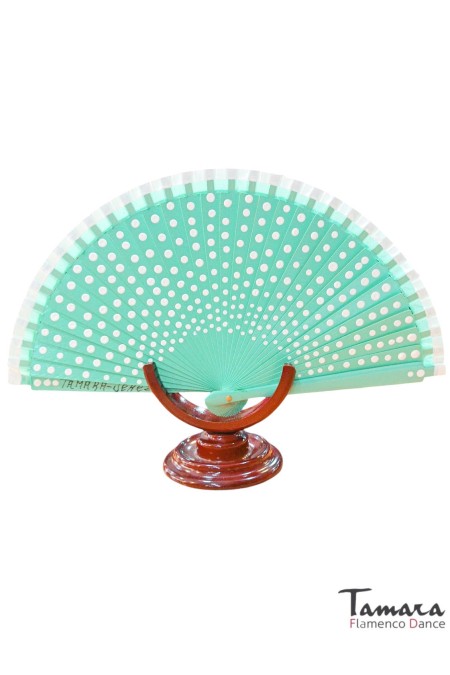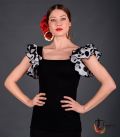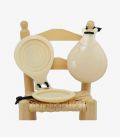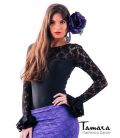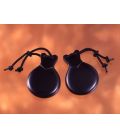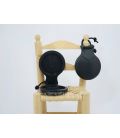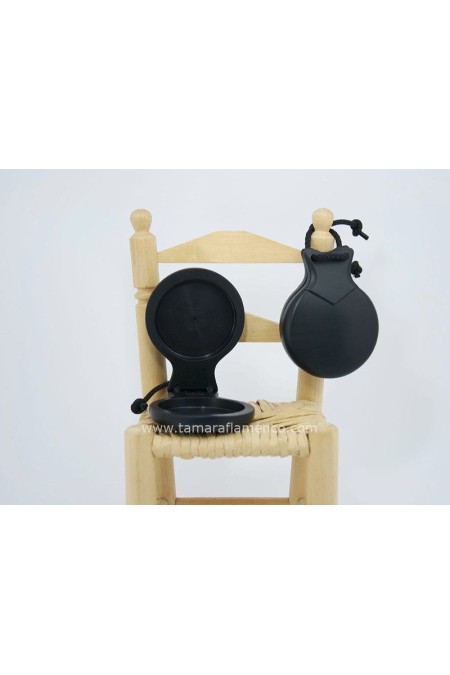In TAMARA Flamenco we have gathered the best selection of flamenco items with guaranteed quality and origin (100% Spanish product). This section of our website is composed of different groups and subgroups that will help you quickly find what you are looking for, but if you have any questions or cannot find the product you need, please write or call us. In TAMARA Flamenco we will always be glad to assist you. ☺
In Flamenco shoes you will notice that it is divided into two groups: the Professional group and Rehearsal group. In the professional group you will find high quality flamenco shoes. They are handmade and are fully customizable in color, width, heel and material. In the group of semi-professional shoes, you will find cheaper flamenco shoes for rehearsals. This section covers basic designs of Flamenco and customization, it is more limited but they have an unbeatable price-quality ratio and are very practical for anyone who wants to start dancing Flamenco without having to invest a lot in equipment right from the beginning.
In the "wardrobe" group you will find the most common clothes for Flamenco dancing distributed into different subgroups. Flamenco skirts (gathered in a wide range of designs, colors, fabrics and prices tailored to the needs of any dancer),Flamenco tops and leotards (here you will find all possible options for upper parts of the garment such as shirts, jerseys, chupitas or Flamenco jackets. Many of them are customizable in color).
In the section of long-tail dresses you will see a catalog of a reduced flamenco wardrobe but concise and concrete where you can find on one hand, long-tail dresses (custom made for each customer and fully customizable in colors) and on the other hand, some sets of designs and full couture dresses aimed to be rather used in performances, galas and scenarios. This section is just a small sample of some of the designs we have created but if you have a certain skirt or long-tail dress in mind, feel free to send us your sketch and we'll turn it into reality☺.












































